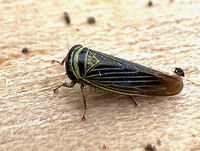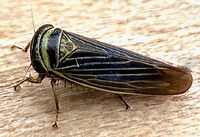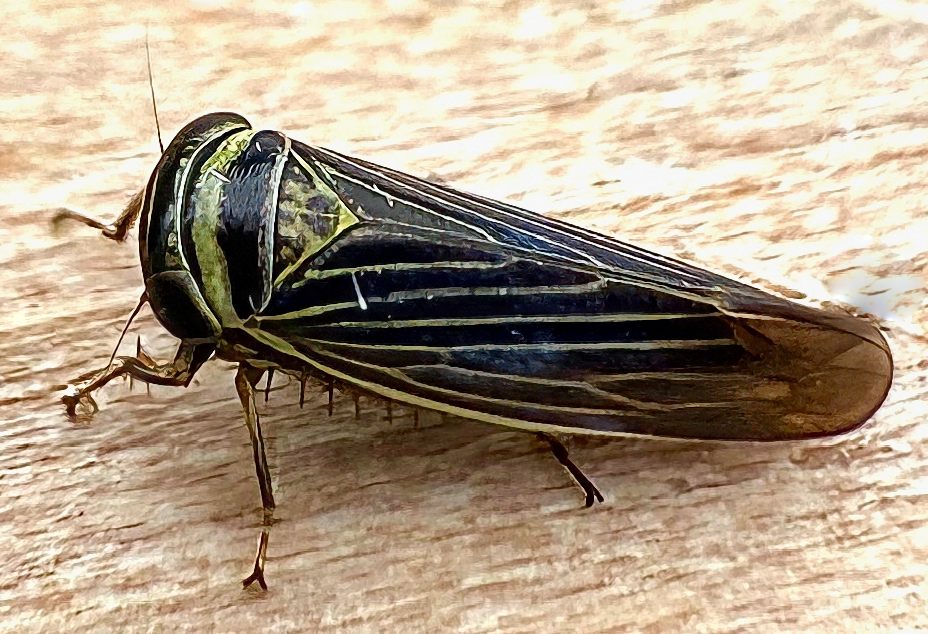 | Photo by: Marilyn Westphal, Becky Elkin and Jim Petranka
Henderson Co.
Comment: Specimen (Limotettix nigrax) was observed at a wetlands restoration site in the floodplain of the French Broad River. The site has remnant bottomland forest and lots of old fields, mowed, grassy lanes, and scattered wetter areas in sunny habitats. - unid_leafhopper |  | Photo by: Marilyn Westphal, Becky Elkin and Jim Petranka
Henderson Co.
Comment: Specimen (Limotettix nigrax) was observed at a wetlands restoration site in the floodplain of the French Broad River. The site has remnant bottomland forest and lots of old fields, mowed, grassy lanes, and scattered wetter areas in sunny habitats. |

 »
»

 »
»